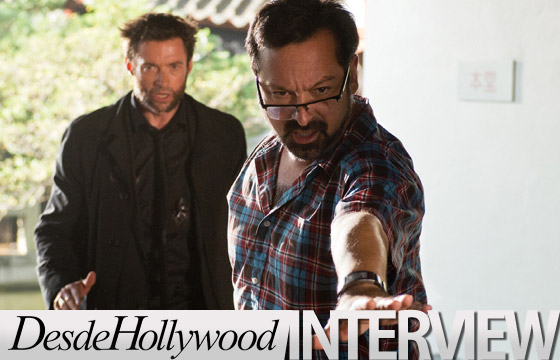
Yes, “X-Men Origins: Wolverine” was received with a less than ecstatic response from film critics and, especially, fans of the innovative and lucrative X-Men film franchise. But proving you can’t keep a good mutant down, the box office numbers all but insured a second installment of the stand-alone series would be made to win back its core audience. Cue “The Wolverine.”
Director James Mangold (“Walk the Line,” “3:10 to Yuma”) knew he had to get back to basics to win over the legion of admirers who count the Logan/Wolverine character as one of their own. Action has never been the problem with the series. Yet, after Bryan Singer’s groundbreaking blend of emotional poignancy with genre flash turned the first two “X-Men” film into pop culture classics, depth took a holiday with several other installments in the franchise.
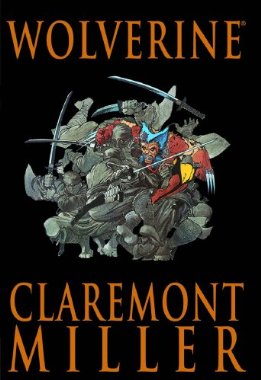
“I think that one of the things that I really wanted to make sure we had the spectacle,” Mangold said. “But, I wanted you to care.”
And audiences worldwide cared a lot for “The Wolverine.” After years of being teased with the prospect of having the 1982 Chris Claremont/Frank Miller graphic novel set in Japan to inspire a Wolverine film, fans got their wish and repaid the favor with their support. While domestic grosses reflected some sort of superhero fatigue, international audiences clamored to witness Hugh Jackson give his most personal interpretation of the role yet. For Mangold, nothing engages an audience more than a character seeking their true place in the world.
“In order to have redemption or to find life’s purpose,” Mangold continued, “you have to start in a hole. The hero is truly damaged and in search of the spark of why he’s here again. We wanted to start in a place that was dark.”
And, as darkness fell over the elaborate sets of “The Wolverine” in Sydney, Australia last fall, Mangold was in a decidedly lightened mood. He was enjoying the responsibility of bringing new dimension to one of his favorite characters. Sitting down with the filmmaker, it was apparent he was very aware of the growing expectations for the new Wolverine film at the time. More, he knew there would plenty to satisfy them all once it was time to unveil it to the world.
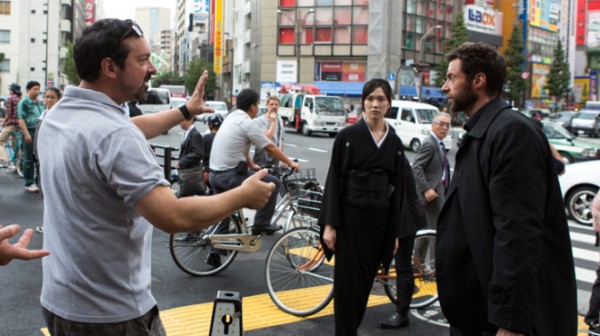
JORGE CARREON: Is it important to be a fan boy when taking on projects like “The Wolverine?”
JAMES MANGOLD: Since I was about 11, I’ve been a huge comic book collector of both Marvel and DC Comics. I wanted to be a comic book collector, comic book artist, animator, magician or filmmaker. I ended up feeling like filmmaking kind of combined everything. The great thing about comics is that they are an incredibly great source for movies. Movies innately are simple. They have to be simple. Even films as disparate as “The Searchers” or “8 ½,” these are simple. You can describe them in three seconds. They’re not complicated. The best movies to me are incredibly simple and Logan’s journey is essentially a freak of nature and of manmade engineering. He has to walk the earth and find love and peace again in this universe. The best comics always tap into that. For young men and women, the reason they connect with those comics is they’re about the search for identity. All these superpowers become a kind of metaphor for “What is my talent in this world? Where do I belong? Where do I fit in? How do I use it for good?” When you’re growing up, there’s always that feeling of being out of control. All of those anxieties are found in comic books in ways that are really interesting. I think that those themes can be really interesting for the young and old.
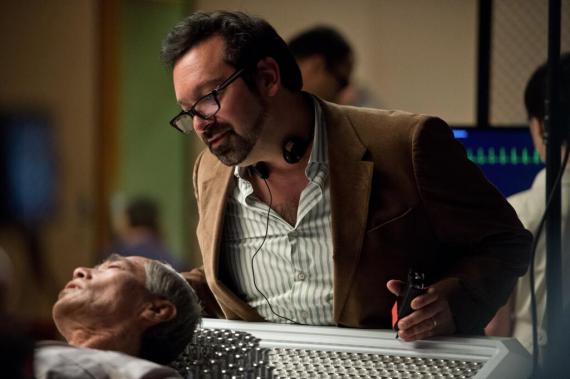
JORGE CARREON: Despite the financial success of the first “Wolverine” film, fans and critics were less than impressed. How did you want to restore the fans’ good will? How did you approach this second chapter of the Wolverine saga?
JAMES MANGOLD: I wanted to make a real character-based film. I wanted to make a film in which it’s not about some villain destroying a city, a football stadium, a country or the planet. The film’s energy, its engine, its drama and drive come from the journey of the character inside like great westerns and noir films. We can have all that action, we can have all that conflict, but you have to care. Some of these films have become an ever-escalating arms race of spectacle to the point where you’re kind of numb. I think Logan is such an amazing character and his predicament and his situation in our movie and the themes that the movie explores about him are so thought provoking. The ideas that were in the original Miller Claremont comic were much about on an internal journey for Logan, which really turned me on and made me want to work on the script and get very involved in this film.
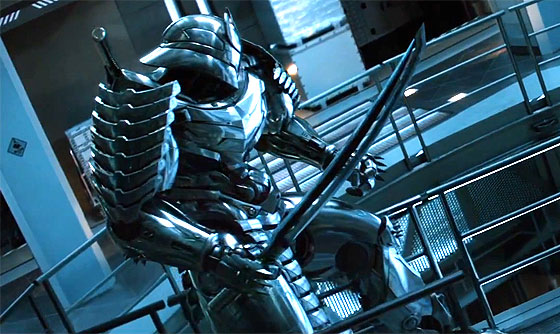
JORGE CARREON: Is it a challenge to balance reality with spectacle in films like “The Wolverine?”
JAMES MANGOLD: There’s a journey for me where I learn from every film and bring it to the next one. What we set out to do is not make a movie that looks like it was made in a laboratory or on a computer. We want to make it feel like that there’s as much of the “Bourne” films or Steve McQueen’s “The Getaway” or Luc Besson’s “The Professional” or some of the great samurai and sword and martial arts movies of our pasts. That there’s badass fighting, that it’s physical, that it doesn’t feel like it was all done at Industrial Light & Magic. That there is something just physical, intense and emotional. For me, whether it’s westerns like “3:10 to Yuma” or musicals like “Walk the Line” or other films I’ve made, what always for me makes the action and the physicality in the movie interesting is if you care about the people. When I first read the comic and thought about the script for this movie, I wrote, “Whomever I love will die.” That’s what I set off to make the movie about.
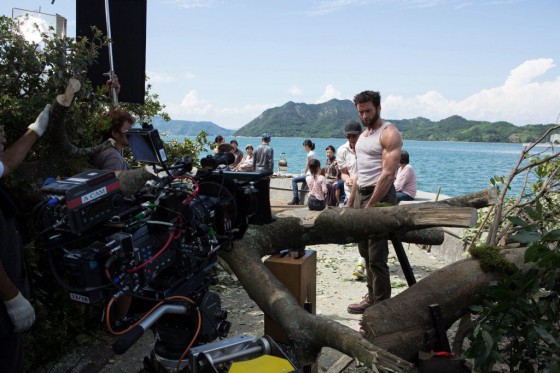
JORGE CARREON: Hugh Jackman forged his place in popular culture because of his interpretation of Logan/Wolverine. How has his connection to the role deepened for this installment?
JAMES MANGOLD: I think his understanding of this character has deepened with every film. I think there’s some kind of very primal connection Hugh has with the really feral aspects of the character, the very physical aspect. Hugh is a very physical man. There’s also tremendous kindness in Hugh and I think that there is tremendous kindness in Logan, but he’s like a pound dog. Logan’s like an animal that’s been abused, who is not used to affection. There’s something that really Hugh responds to in playing that.
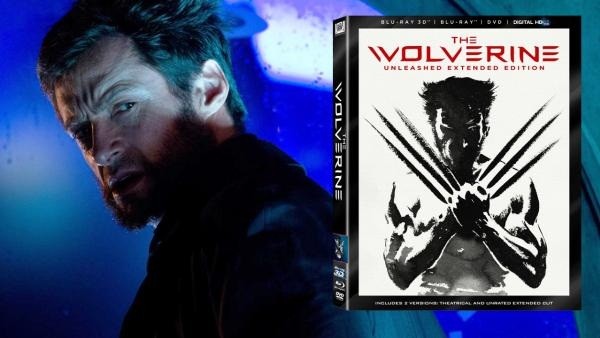
JORGE CARREON: Interest has built steadily when it was announced “The Wolverine” would feature an interpretation of the Claremont/Miller saga in Japan. How would you define Logan’s journey in “The Wolverine?”
MANGOLD: It’s the problem of a god. The problem of an immortal is that you have the advantage you will live forever, you’re nearly indestructible, but then you have the disadvantage and the pain that you will see everyone you love die. You will watch the world that you know and love fade. You will say goodbye to every brother, sister, family member, loved one, girlfriend, friend, and compatriot. Everyone will go and you’ll still be here and that plague of immortality is something that I think when we come upon Logan. He’s lost the X-Men, he’s lost his mentor, and he’s lost his own sense of purpose. In Japanese literature and mythology there is the samurai without a master. He wanders the earth without knowing what to do with his power anymore. We look at Logan as one of these knights who no longer knows why he’s here. He has run out of purpose, has run out of a sense of why and is disgusted with humanity. If you wake up everyday and are just bailing people out of problems, at some point you just go, “To hell with it. Let them suffer.” The fact is that there’s some level where you get broken inside and I think that’s something really interesting that we’re out to explore and something that I think Hugh was really interested in trying to tackle.
Jackman returns as The Wolverine and faces his ultimate nemesis in an action-packed, life-or-death battle that takes him to modern-day Japan. Vulnerable for the first time and pushed to his limits, Wolverine confronts not only lethal samurai steel but also his inner struggle against his own immortality; an epic fight that will leave him forever changed.
THE WOLVERINE Blu-ray will allow fans to sync with the Second Screen app where viewers can immerse themselves in the world of The Wolverine, including a synced viewing experience, concept art, and many more cool and interactive bonus materials! The Unleashed Extended Edition will feature an extended cut of the film for the first time ever in the entire X-Men franchise, allowing viewers to go further into the creation of the darker Wolverine and the journey that he undertakes. THE WOLVERINE Unleashed Extended Edition Blu-ray includes 3D Blu-ray, DVD and Digital HD™, complete with exclusives that make it the perfect gift for the holidays.
Get “The Wolverine” on Digital HD™ now here. The 4 Disc Unleashed Extended Edition Blu-ray and the 2 Disc Blu-ray hit stores December 3.




